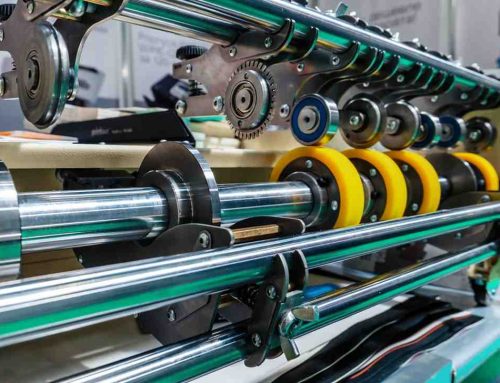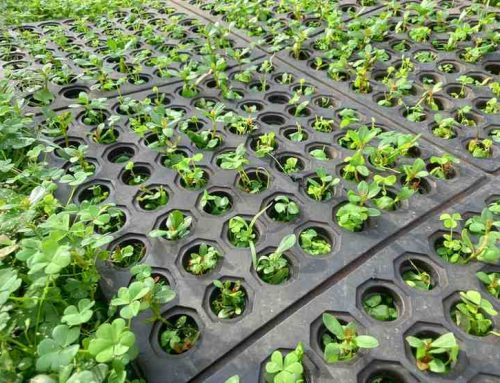Rubber expansion joints are vital in construction. They are crucial in ensuring that buildings and infrastructure are robust, long-lasting, and protected. By enabling movement, facilitating thermal expansion and contraction, and reducing stress on structural elements – these components help prevent damage while promoting longevity. This article explores their importance, focusing on their role in construction for overall site safety.
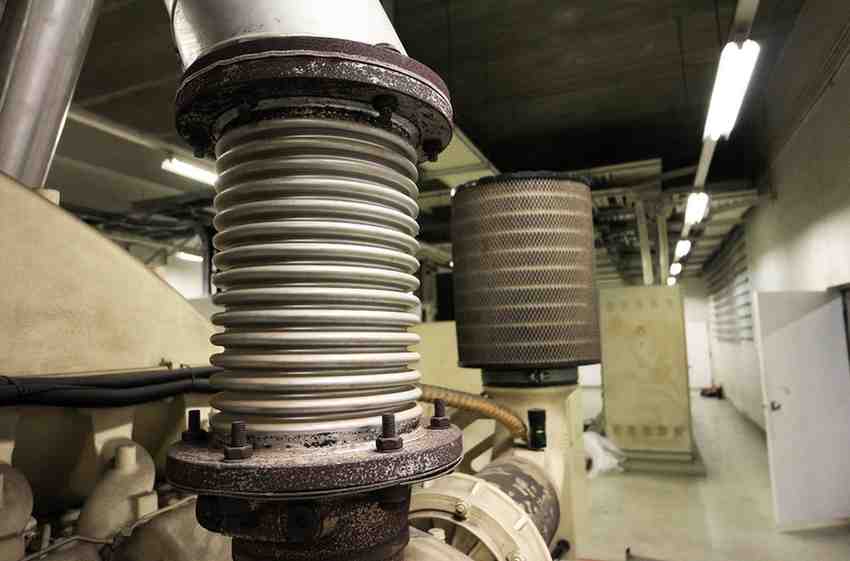
Preserving Structural Integrity With Rubber Expansion Joints
Rubber expansion joints are necessary to maintain the structural integrity of your building or infrastructure. They have been designed with the capacity needed to enable different types of movement/stress throughout the lifetime of your structure.
How do Rubber Expansion Joints help Maintain Structural Integrity?
Expansion joints absorb forces produced by structural movements such as thermal expansion/contraction, seismic activity, wind load, or settlement. When these forces move, an assembly joint absorbs them so that they do not get transferred onto other parts, meaning there is less chance of overall damage occurring.
Accommodating Thermal Expansion And Contraction
Temperature fluctuations cause all materials to expand and contract–sometimes at different rates–which can create a whole host of structural stability issues. The good news is rubber expansion joints can manage this process whether there is stress present or not (i.e., they’re able to absorb materials expanding/contracting without them having to ‘pull against’ anything). This capability means architectural features stay looking as good as new (and remain safe/functional, too).
Preventing Cracking/Damage To Building Materials
If you don’t have things set up correctly, regular forces like those associated with thermal expansion/shrinkage can cause everything from cracks to complete breakdowns in structural terms. What rubber expansion joints do here is act like frictional connections between adjacent building components, allowing any necessary movement (or indeed access requirements) while simultaneously relieving stress, Leaving cultural significance unimpaired, reducing both long-term risks associated with aging plus those linked more closely with daily use (such as vibrations from passing heavy goods vehicles).
Improving Safety in Construction
Safety on a construction site is paramount. There will always be risks associated with building work–whether that’s injury from a fall, something heavy hitting you, or even getting hurt by an object lying around. Rubber expansion joints can help ensure your construction site is as safe as possible while meeting safety standards accurately and efficiently.
Why Safety Is Important On Construction Sites
Construction sites can be dangerous places. There’s so much potential for things to go wrong: workers might fall or trip over things; they could injure themselves on machinery – the list is endless! Storing items correctly doesn’t mean staff will be healthier and happier at work (although this is important too); it also makes good business sense because it can improve efficiency and cut costs. It’s vital to take precautions such as putting up barriers and using the right materials when building something so that accidents don’t happen while construction work occurs.
How do rubber expansion joints make sliding surfaces safer?
Rubber expansion joints play an important role in maintaining safety by absorbing movements within structures. They help reduce vibrations, meaning there’s less chance that a building will suffer from structural failure or collapse. These types of joints do wonders for preserving stability and strength: absorbing shocks while sustaining support passageways/ walkways along with integrity throughout, helping systems stay put without falling when hit by outside forces such as an earthquake (or ones made artificially like those created through machinery).
Reducing Accidents & Injuries By Correctly Sealing Expansion Joints
To prevent expansion joints from effectively sealing out water flow, air movement granular solids or particle aggregates need to be cleared. Despite contradictory data, mold growth does appear to promote them too—some optimal sealing material selection will work well though it may not always be possible.
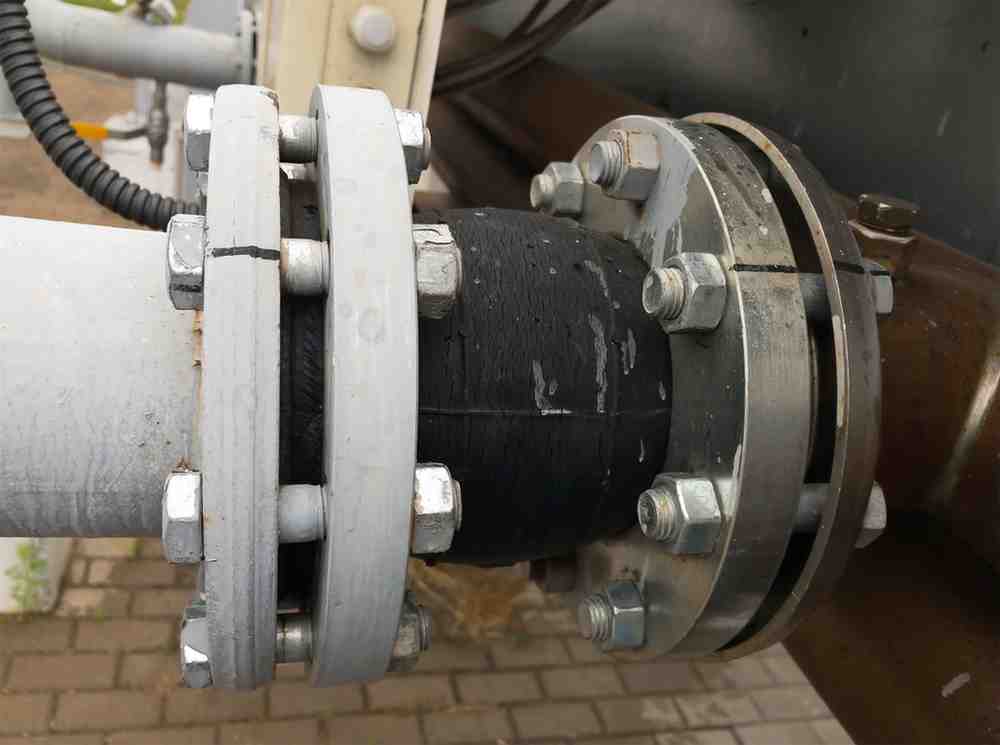
Making sure your joint seals are efficient
This approach grants many benefits in construction – it keeps systems strong over time (they won’t get worn down by water), protects them from being damaged if liquid finds its way inside – plus provides some toughness, too. When testing how well seals perform under strain, there were several advantages to using rubber expanders rather than standard techniques. These components had more features to offer and designers considered each feature when making their product range to better suit tasks that require movement.
The Importance Of Effective Joint Seals In Manufacturing
Sealing off hydraulic systems is properly important because, over time, the design could be compromised if fluids enter the system containing water, chemicals, solids, and air particulates! If not properly sealed, it can cause water-related problems, including mold growth, corrosion of metal parts, and deterioration of building materials. However, it contributes to energy efficiency and good indoor air quality.
Advantages of using rubber expansion joints for better sealing
For homes and buildings, rubber expansions are preferred for flexibility and durability. Unlike traditional seals with caulk mastic joints, rubber expansion joints can absorb large movements and vibrations without compromising their sealing ability. This modification ensures a good seal even in dynamic conditions, with heat-inducing shrinkage or rising vibration levels. In addition, rubber expansion joints are proof against weathering, chemical compounds, and UV exposure, providing long-term protection against environmental hazards.
Optimizing Joint Sealing
Effective joint sealing is vital in construction tasks to preserve structural integrity, protect against water infiltration, and allow for certain long-term endurance. Rubber expansion joints provide advanced sealing compared to standard sealing techniques, supplying several advantages for optimizing production joints. Importance of effective joint sealing in production: Proper sealing of production joints is essential to protect you from water inflow, air leakage, and the ingress of contaminants that may compromise the integrity of the shape over the years. Inadequate sealing can cause moisture-associated troubles, including mold increase, corrosion of steel components, and degradation of construction substances.
Factors Affecting Expansion Joint Design
In expansion joint design, several factors must be considered ensuring proper overall performance and sealing. These are the things to consider:
- Material selection: To ensure that expansion joints last and work well, pick a rubber compound with the right mix of strength, flexibility, and chemical resistance.
- Structural design: The length, type, and shape of the expansion joint you need will depend on what it has to do–so don’t just copy what someone else has used.
- Installation approach: You must apply adhesives properly, load surfaces correctly, and seal joints well if you want them to be both strong and hard.
- Environmental factors: External influences such as temperature shifts, exposure to solar radiation, levels of water nearby, or chemicals being applied can affect how well expansion joints grow–think about this when designing them for maximum performance out of your seals.
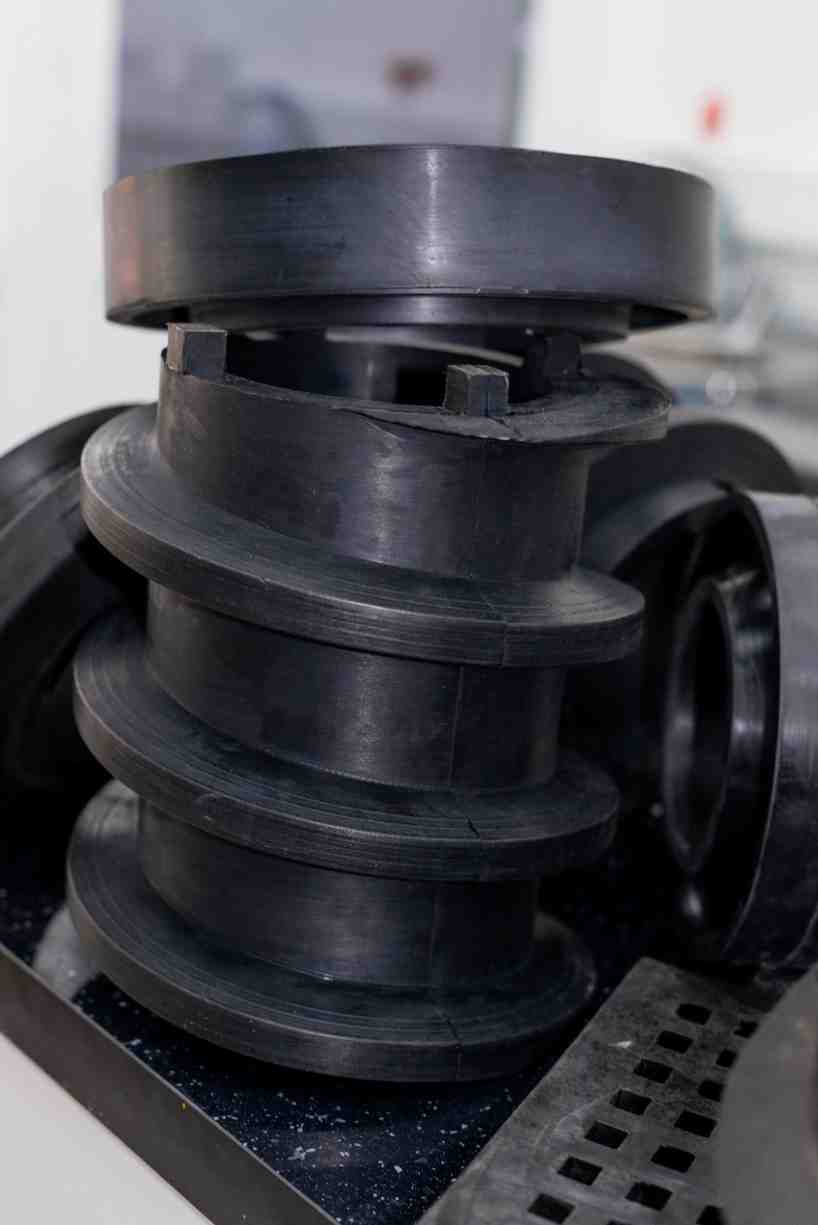
Overview of what to consider in front
| Aspect | Metrics and Numericals |
| Movement Absorption | The ability to absorb movement is typically expressed as a percentage of joint width (e.g., 25%, 50%). |
| Load Bearing Capacity | The maximum load the joint can bear is measured in pounds or kilograms. |
| Durability | The lifespan of the expansion joint is measured in years or many cycles. |
| Sealing Performance | Effectiveness in preventing water or air leakage, rated on a scale from poor to excellent. |
| Installation Ease | Difficulty of installation, rated on a scale from easy to difficult. |
Futuristic Sustainability
There has been an increasing emphasis on sustainable development in recent years, producing goods that are more friendly to our planet and promoting practices that achieve this goal. Rubber expansion joints are one answer within construction projects: they are both environmentally sound during their lifespan and contribute positively towards reducing any building’s ecological footprint overall!
Integrating rubber with other sustainable materials
As demand continues growing, we must find ways not only to halt environmental degradation but also to provide benefits to future generations. It is necessary within the construction industry to have materials that allow productivity levels to stay high without causing harm – something natural or recycled rubbers can help achieve when considered for use in buildings. Rubber is sourced from recycling facilities where it’s processed alongside other waste products before being reused). Things they throw away (landfills, etc.) offer several advantages over virgin sources, making them ideal candidates for sustainable construction. Foundations made using 100% recycled content rubber are established structures that create less pollution because there is no need to extract new resources.
Green Benefits Of Rubber Expansion Joints For Construction Projects
By opting for rubber expansion joints over traditional options like steel tank storage solutions, companies play a role in conservation efforts while also diminishing dependence on non-renewable resources. In addition, durability plays a part throughout the project life span, meaning reduced rates of replacements and subsequently lower amounts of waste generated per site area overall, too! Environmentalists agree that reusing materials whenever possible holds the key to creating circular economies where nothing goes wasted – something these specially designed products contribute toward with their inclusion of recycled ingredients.
The significance of sustainable innovation in lowering biodiversity loss
To lessen construction sites’ ecological and biological impact, environmentally friendly building techniques employ materials such as rubber expansion joints. By integrating sustainable practices and materials–energy-efficient options, for example–it is possible to cut consumption levels, greenhouse gas emissions, and waste, all factors that can harm the environment, humans, and animals. Sustainable construction can also assist with weather-related issues (improving resilience) while promoting a pleasant indoor atmosphere, advantages those involved may not be aware of.
Conclusion
In construction programs, rubber expansion joints are vital in maintaining structural strength while fostering conservation efforts and selling sustainability within the sector. Many other industries will find different use cases such as the mining industry, automotive industry, food industry, roller industry, ergonomics industry, etc. In practical terms, using these joints aids development (by reducing stress-based problems that often necessitate expensive repairs). It also makes constructions, machines, and buildings safer places to work: hazards are lessened if not eliminated. This has knock-on effects on insurance premiums (which fall) as well as resale values (which rise). At the same time as improving sealants used within them, rubber expansion joints reduce the chance of moisture leakage – something many people worry about daily without realizing how serious it could be if left unchecked over time. By proactively embracing such green methods and products, our industry can help stem an important aspect of climate change while simultaneously meeting growing market demand from consumers who seek responsible goods from companies they trust. Sustainability should no longer be viewed as an optional extra for businesses operating within this sector; instead, it must be seen at its very heart if we are serious about securing a better world tomorrow than today.
Stay always updated with our markets and services section and our news section where you will find the latest best practices and standards in the industry. Still looking for a detailed offer and a quote – you can contact our team of experts and get the best comprehensive deal for the industry.
